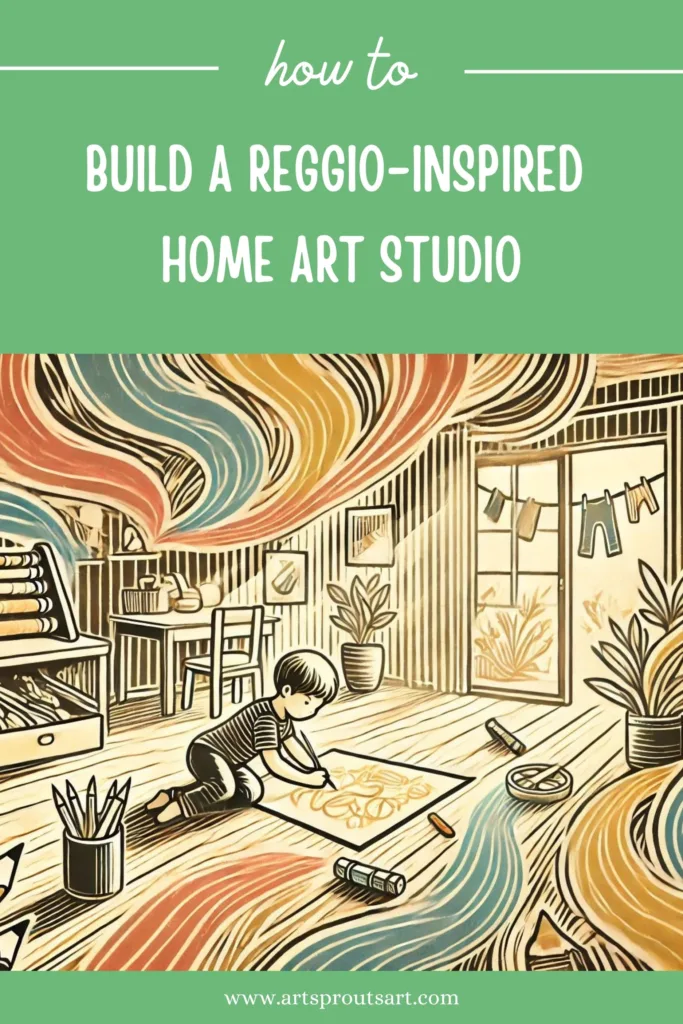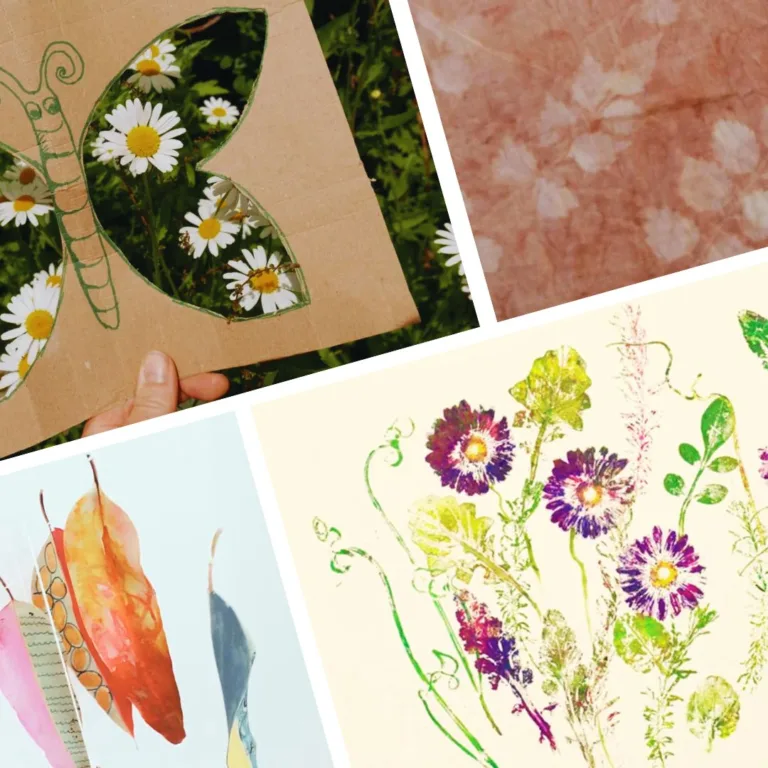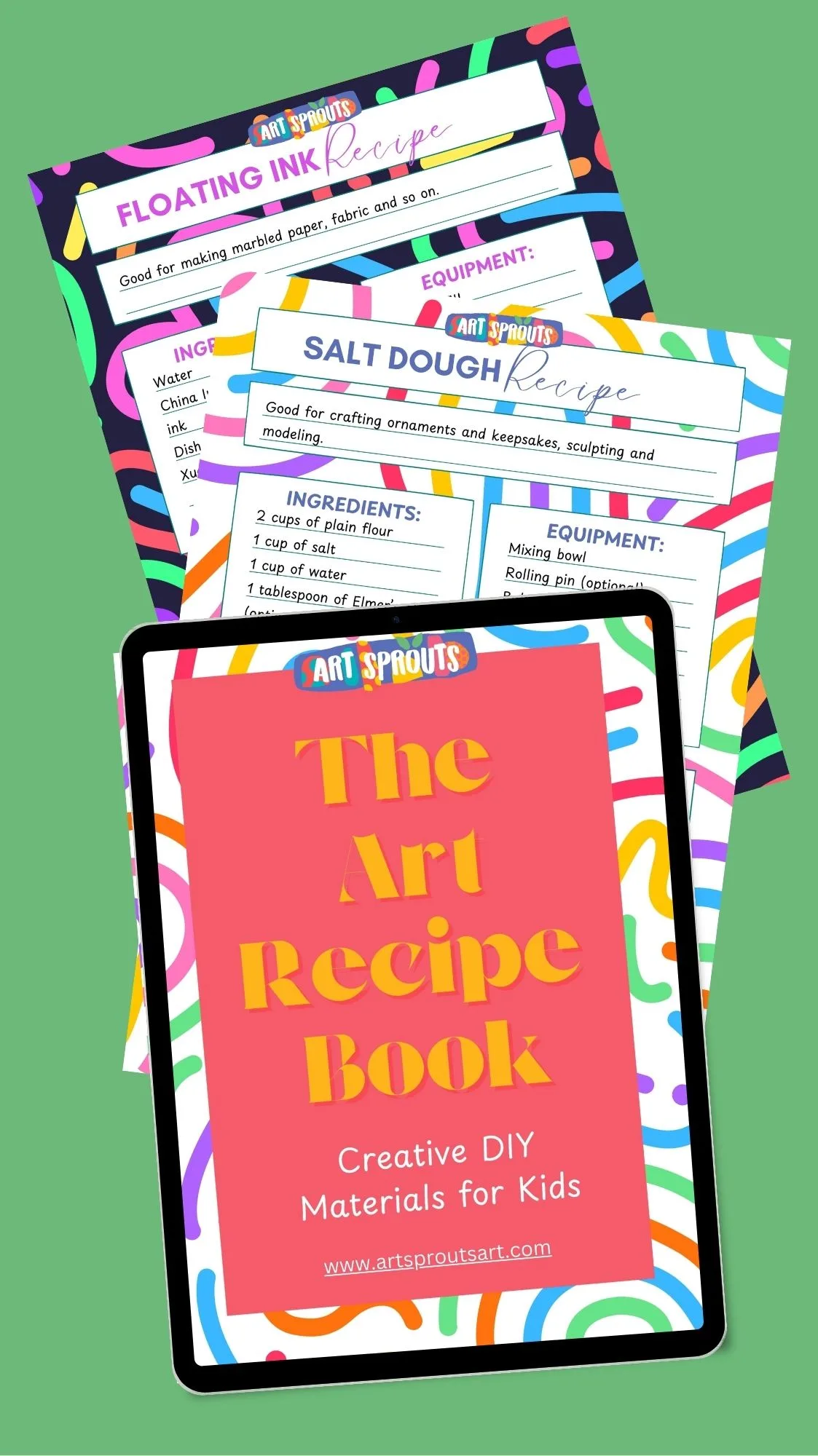How to Build a Reggio-Inspired Home Art Studio
Creating a Reggio-inspired home art studio offers children a dedicated space to engage in creative exploration, self-expression, and inquiry-based learning. Rooted in the Reggio Emilia philosophy, such spaces invite children to experiment with materials, reflect on their work, and engage in process-based learning. Whether you’re a parent or an educator looking to adapt these principles at home, this guide will provide practical advice on how to set up a space that encourages child-led creativity and supports the development of young artists.
The Environment as the “Third Teacher”
In the Reggio Emilia approach, the environment is considered the “third teacher”, alongside adults and peers. The space in which children learn and create is seen as an active part of their development. Designing a Reggio-inspired art studio at home means creating a flexible, stimulating environment that encourages children to explore, question, and experiment.
When designing your studio space, focus on creating an atmosphere that fosters independent discovery and meaningful interactions with materials:
- Natural Light and Neutral Colors: If possible, position the studio in an area with plenty of natural light. Reggio-inspired environments emphasize a connection to the natural world, and bright, open spaces invite curiosity. Stick with neutral colors for walls and furniture to create a calm, distraction-free backdrop that lets the children’s artwork take center stage.
- Flexibility: Reggio spaces should adapt to the child’s needs and interests. Opt for furniture that can be easily moved, such as lightweight tables or easels, allowing the space to evolve with different projects and stages of learning. A flexible environment empowers children to take ownership of their learning.
- Documentation: The Reggio Emilia philosophy places significant importance on documentation. This can be done by photographing or displaying sketches, rough drafts, or notes about what the child is working on. This practice helps children reflect on their creative journey, highlighting that the process is just as important as the final product.
For more detailed advice on how to create a stimulating learning environment, I recommend checking out my post on Reggio Emilia classroom design.
Enhance Your Reggio-Inspired Classroom with High-Quality Supplies
To support the creativity and exploration central to Reggio Emilia spaces, Discount School Supply provides a variety of high-quality, affordable materials.
Save Up to 55% on HUNDREDS of Arts & Crafts!
Get Free Shipping On Orders 99 Or More Using Code SHIP99!
Choosing Open-Ended Materials for a Reggio-Inspired Home Art Studio
Materials are viewed as the “languages” through which children express themselves in Reggio Emilia environments. The goal is to provide a variety of open-ended materials—those that can be used in multiple ways—to encourage experimentation and creativity. By giving children the freedom to decide how they use the materials, you foster independent thinking and problem-solving.

Key Materials for a Reggio Emilia Home Studio:
- Loose Parts: Loose parts are versatile, everyday items like buttons, pebbles, fabric scraps, and shells that can be combined in countless ways. Children can manipulate these items to create unique artworks and discover new patterns and forms. Loose parts allow for creative experimentation without predefined outcomes. For more information on loose parts play, take a look at my posts on what is loose parts play and the best loose parts ideas for toddlers.
- Natural and Recycled Materials: Incorporating natural objects such as twigs, leaves, stones, and flowers encourages children to engage with their environment. Recycled materials, like cardboard, fabric scraps, or old magazines, offer opportunities for creative problem-solving. Children can explore texture, color, and structure in ways that connect them to sustainability and eco-consciousness.
- Basic Art Supplies: Keep your studio well-stocked with simple, versatile tools like watercolors, clay, markers, and crayons. These basic supplies allow children to experiment with different techniques, such as painting, drawing, and sculpting, depending on their mood and creative interests. If you’re looking for art supplies that are tried and tested by educators, check out my guide on the best children’s art supplies (in my opinion).
The goal is to provide materials that invite experimentation and inquiry, allowing children to engage in meaningful, creative work without being restricted by predefined outcomes.
Organizing a Reggio-Inspired Home Art Studio
How you organize the space plays a key role in how your child interacts with it. In a Reggio Emilia home studio, the materials should be accessible and visible, so children feel empowered to make decisions about their learning.

Here are a few ways to organize your home art studio to support child-led exploration:
- Child-Level Storage: Ensure that all materials are within reach of your child. Use clear containers, baskets, or open shelves, so they can see what’s available and choose what they want to work with. Labeling containers with both pictures and words can be helpful, especially for younger children.
- Creative Zones: Designate different areas for different types of activities. For example, you could have a painting corner with an easel and brushes, a drawing station with pencils and paper, and a sculpture area with clay and natural materials. These zones encourage children to engage with multiple art forms.
- Rotating Materials: To keep things fresh and exciting, rotate the materials in and out of the studio. This keeps the space dynamic and ensures that children are constantly inspired by new textures, colors, and forms.
The idea is to create an inviting and organized space where children feel confident in making their own decisions about how to approach their work.
For more tips on designing child-friendly learning environments, check out this post on the Reggio Atelier.
Fostering Process-Based Learning in a Reggio Emilia Home Studio
In a Reggio-inspired studio, process-based learning is key. This means focusing on the act of creating rather than the finished product. By allowing children to explore freely and experiment with materials, they become more engaged in the learning process and develop problem-solving skills along the way.

Tips for Encouraging Process-Based Learning:
- Allow Uninterrupted Time: Children need time to dive deep into their creative work. Give them plenty of time to explore materials, make mistakes, and experiment with new ideas. This encourages a deeper connection with their work and allows for more meaningful discoveries.
- Celebrate the Journey: Instead of focusing on the final product, celebrate the creative process. Display works-in-progress alongside finished pieces and invite your child to talk about what they’ve learned or what surprised them during the creative process.
- Encourage Reflection: Reflection is a big part of process-based learning. Ask open-ended questions like, “What was your favorite part of working on this?” or “What would you try differently next time?” This helps your child see their creative process as an evolving journey.
By focusing on the creative journey rather than the final result, children learn to trust their instincts and develop a lifelong love for learning and discovery.
Process-Based Art Activities for Inquiry Learning
Here are some hands-on, process-based art activities to encourage exploration and inquiry:
- Squish it, smash it, soak it! Paper pulp sculpting with kids
- Paper sculpture: Engaging Process art for Toddlers and Kids
- Involuntary Sculpture: Tactile Art Exploration
- The Best Loose Parts Play Ideas for Toddlers
- Printmaking with Found Objects: Exploring Shapes & Textures with Kids
Conclusion: Building Your Reggio-Inspired Home Art Studio
Setting up a Reggio-inspired home art studio is about more than just creating a space for your child to make art—it’s about fostering independence, curiosity, and creativity. By offering open-ended materials, organizing the space for accessibility, and encouraging process-based learning, you can create an environment where your child feels empowered to explore their creativity freely.
External Resources for Further Learning:
Save for Later:














